Pulsed Laser Welding Versus Conventional TIG Welding
Sponsored ContentPulsed laser welding offers a high-power alternative to conventional TIG (tungsten inert gas) welding to repair molds that perform like new. (Sponsored Content)
Share
In the U.S., the most common way to rebuild worn cavity and core surfaces is with TIG (tungsten inert gas) welding, a process that uses a non-consumable tungsten electrode to create welds for mold repair.
However, mold makers can consider another alternative referred to as “pulsed laser welding” that is designed to deliver a superior result with less damage to the base material. As a result, the mold will produce better quality parts and last significantly longer after the repair.
With the conventional TIG welding process, the material in that zone becomes softer and more likely to wear. Microcracks and porosity in the weld itself can result in poor surface quality and shortened life of the tool…READ MORE.

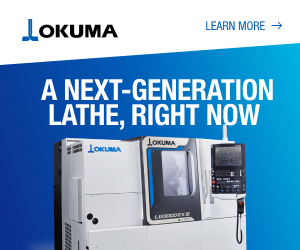
.jpg)

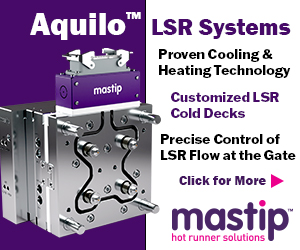

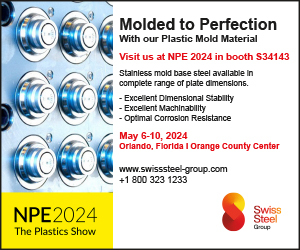
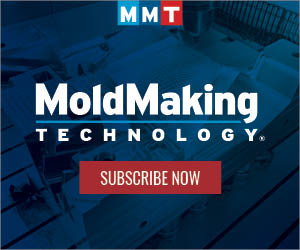
_300x250 1.png)

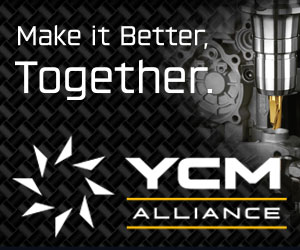

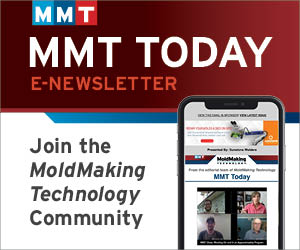
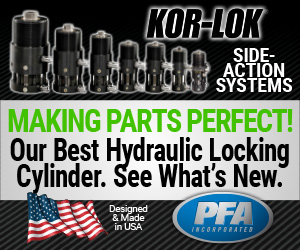

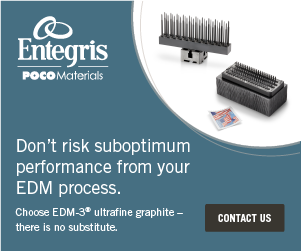
_300x250 3.png)
